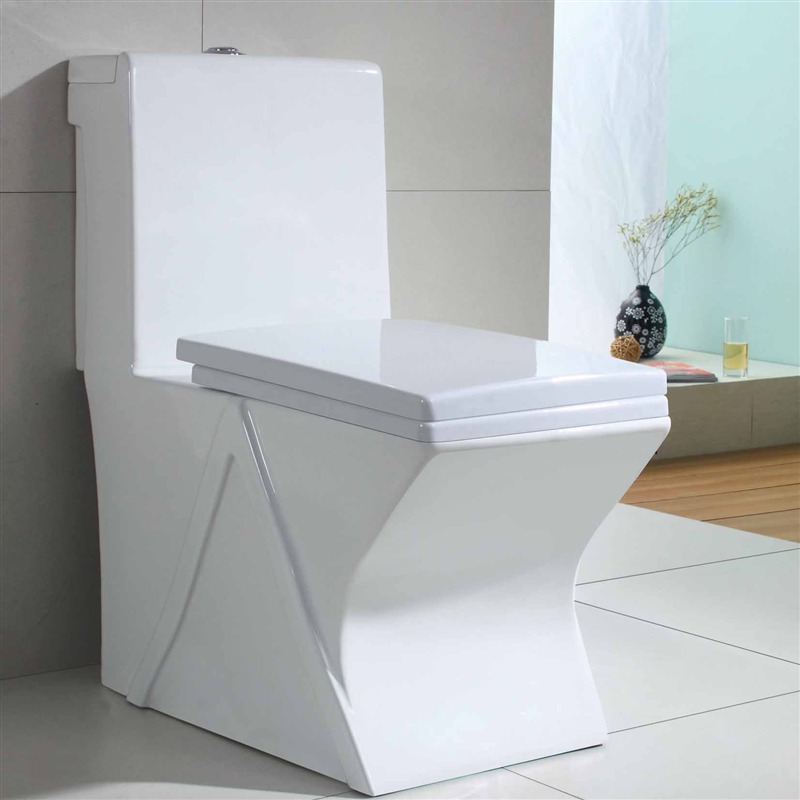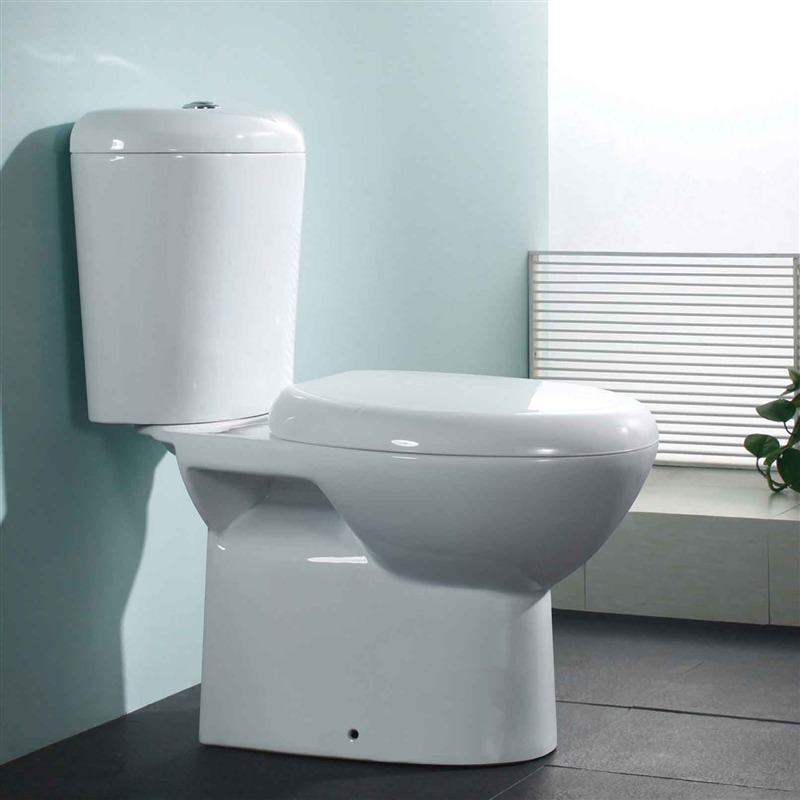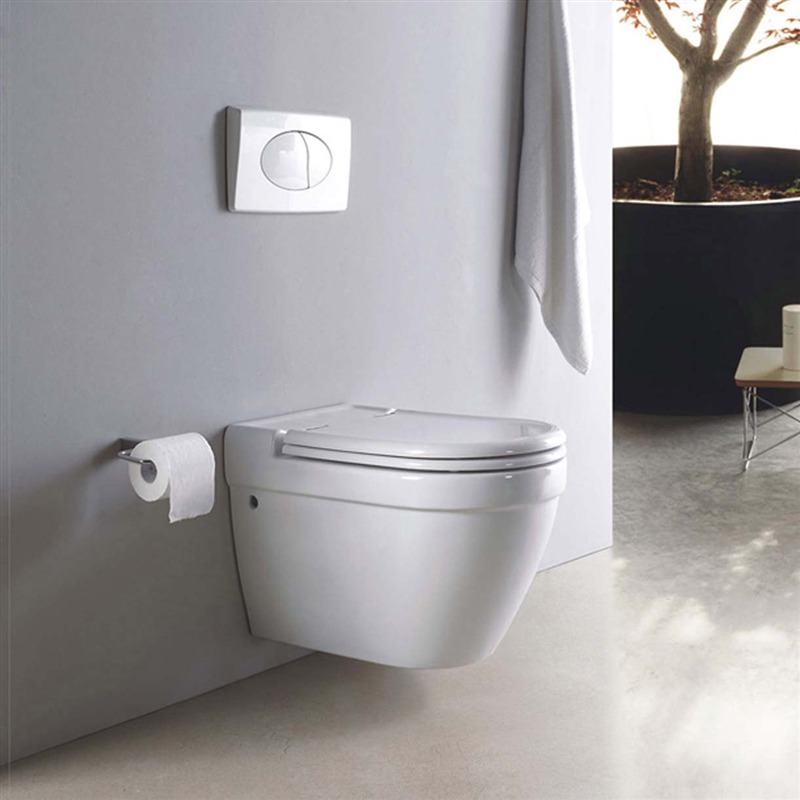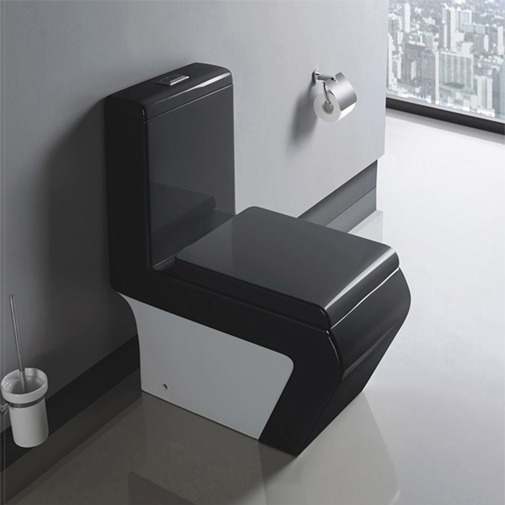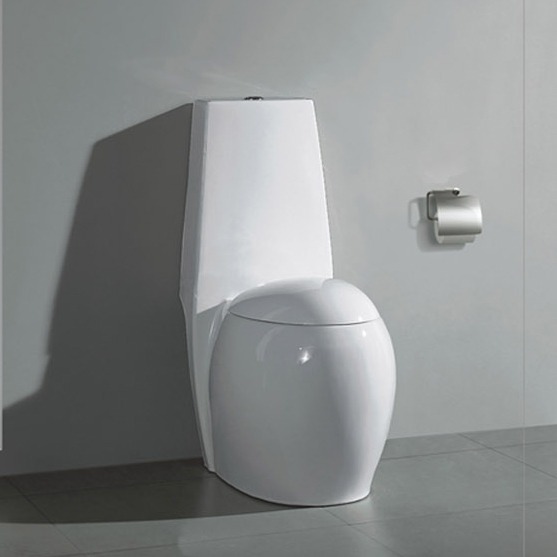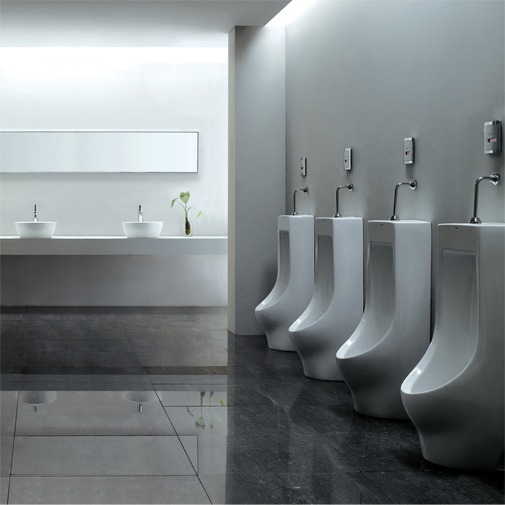Toilet

A toilet is a sanitation fixture used primarily for the disposal of human excrement and urine, often found in a small room referred to as a toilet/bathroom/lavatory. Flush toilets, which are common in many parts of the world, may be connected to a nearby septic tank or more commonly in urban areas via "large" (3–6 in or 7.6–15 cm) sewer pipe connected to a sewerage pipe system. The water and waste from many different sources is piped in large pipes to a more distant sewage treatment plant. Chemical toilets are used in mobile and many temporary situations where there is no access to sewerage, dry toilets, including pit toilets and composting toilet require no or little water with excreta being removed manually or composted in situ.
The word toilet may also be used, especially in British English to describe the room containing the fixture, for which euphemisms such as restroom or bathroom are used in American English. Prior to the introduction of modern flush toilets, most human waste disposal was done through the use of household chamber pots, or took place outdoors in outhouses or latrines. Pail closets were introduced in England and France in an attempt to reduce sewage problems in rapidly expanding cities.
Ancient civilizations used toilets attached to simple flowing water sewage systems included those of the Indus Valley Civilization, e.g., Harappa[1] and Mohenjo-daro[2] which are located in present day India and Pakistan[3] and also the Romans and Egyptians.[4] Although a precursor to the modern flush toilet system was designed in 1596 by John Harington,[5] such systems did not come into widespread use until the late nineteenth century.[6] Thomas Crapper was one of the early maker of toilets in England.
Diseases, including cholera which still affects some 3 million people each year, can be largely prevented when effective sanitation and water treatment prevents fecal matter from contaminating waterways, groundwater and drinking water supplies. Infected water supplies can be treated to make the water safe for consumption and use.[7] There have been five main cholera outbreaks and pandemics since 1825, during one of which 10,000 people died in 1849 in London alone. The physician John Snow proved that deaths were being caused by people drinking water from a source that had been contaminated by a nearby cesspit which was used by people who were infected with cholera. The London sewer system of the time had not reached crowded Soho and many houses had cellars (basements) with overflowing cesspools underneath their floorboards.
According to The Global Water Supply and Sanitation Assessment 2000 by the World Health Organization, 40% of the global population does not have access to "good" 'excreta disposal facilities'--they live mostly in Asia and Africa. There are efforts being made to design simple effective squat toilets for these people.[8] Usually, they are made by digging a hole, then installing a premade plastic squat toilet seat atop this hole, covering the walls with canvas.[9]
See More>>Latest Hot Sale
See More>>How to Choose a fine Faucet
sinks and basins can be provided by separate hot and cold faucets; this arrangement is common in older installations, particularly in public washrooms/lavatories and utility rooms/laundries. In kitchens and bathrooms mixer faucets are commonly used. In this case, hot and cold water from the two valves is mixed before reaching the outlet, allowing the water to emerge at any temperature between that of the hot and cold water supplies. Mixer faucets were invented by Thomas Campbell of Saint John, New Brunswick and patented in 1880. Indoor faucets are commonly found in the bathroom or kitchen. This faucet is a single-handle, double-spout faucet (one spout for hot, one spout for cold).Water for baths, sinks and basins can be provided by separate hot and cold faucets; this arrangement is common in older installation
Products



